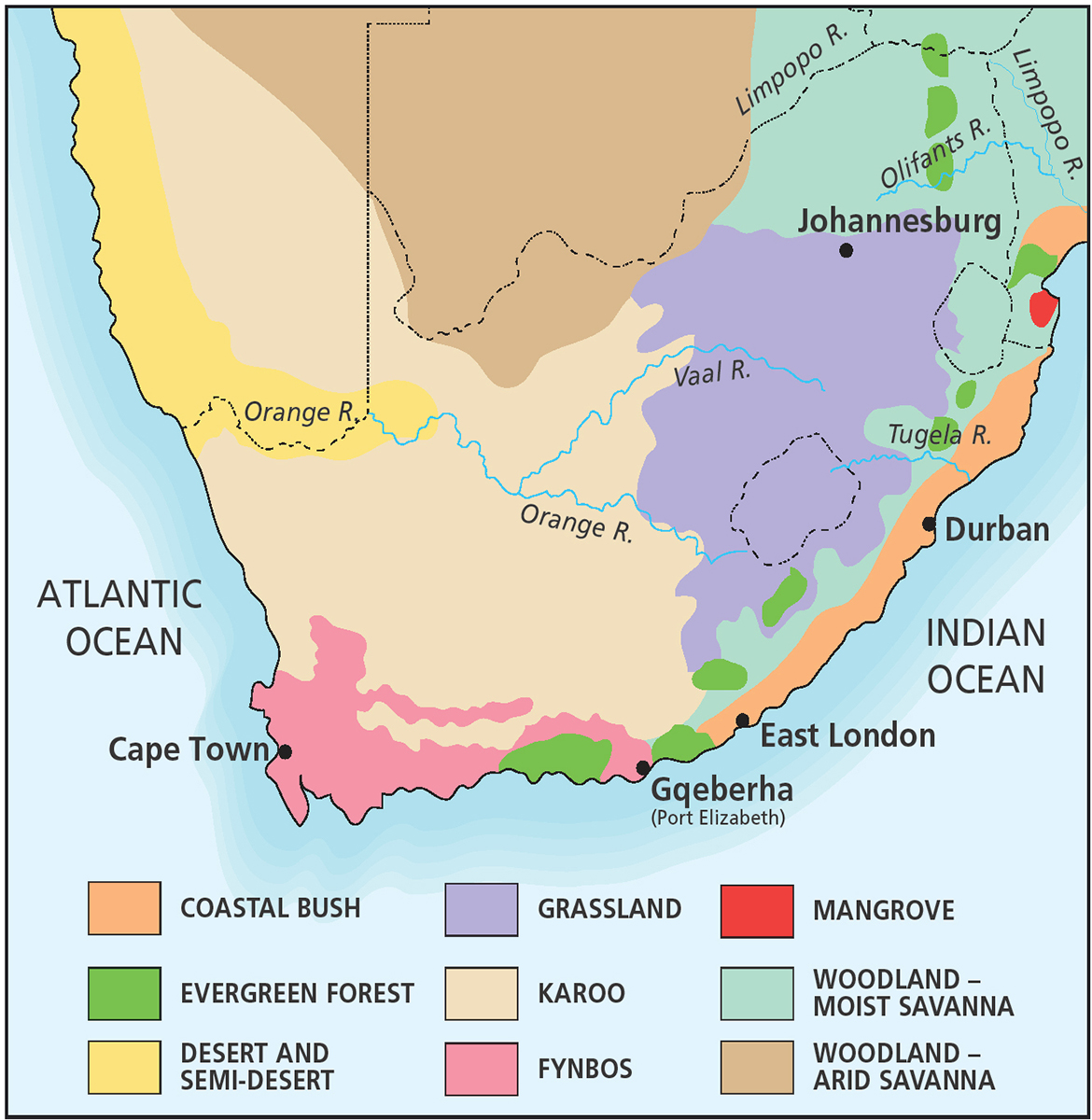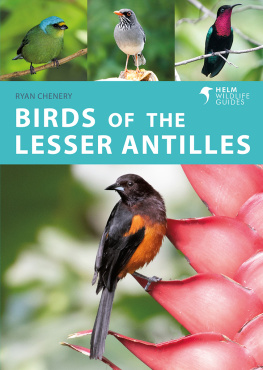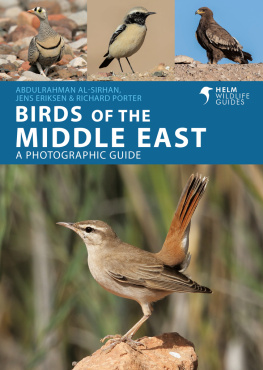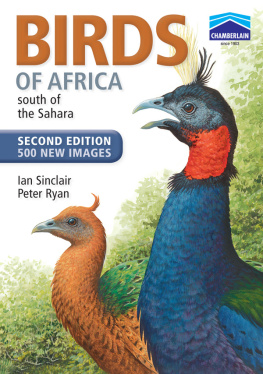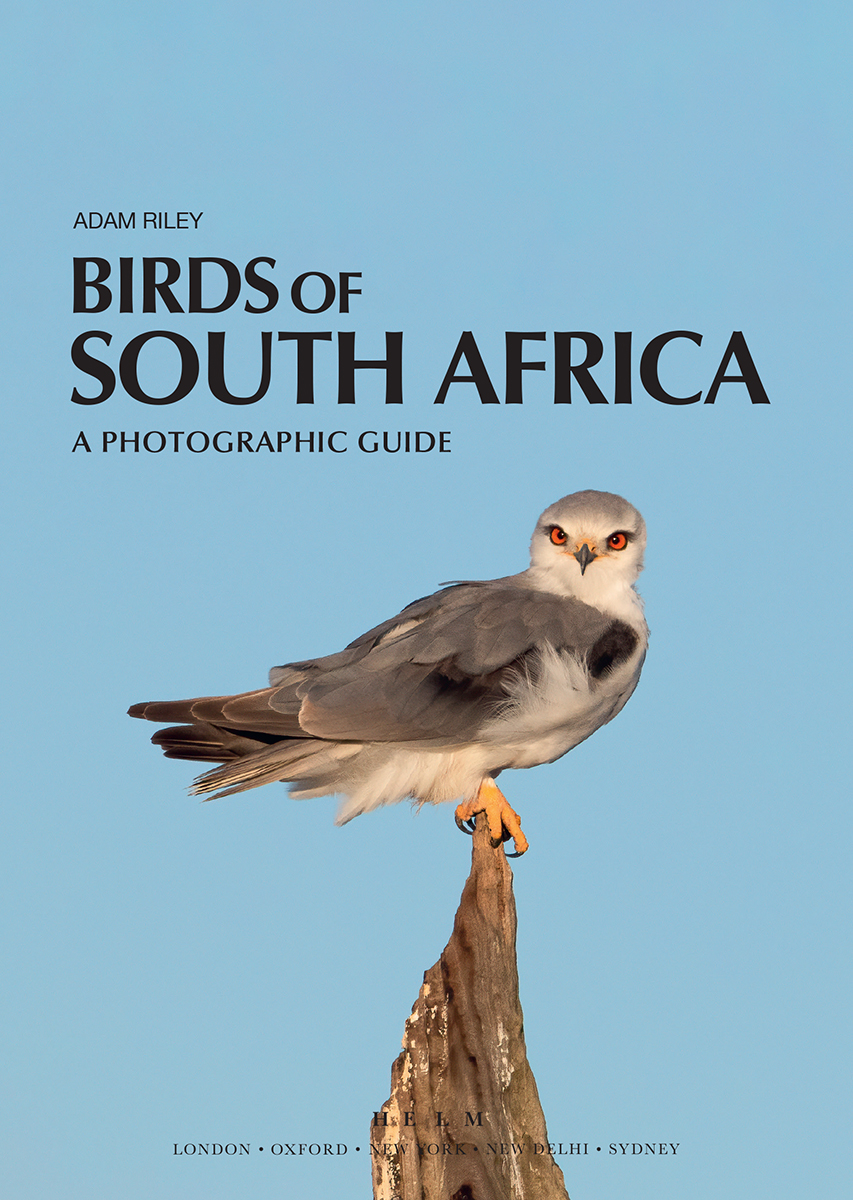
This book is dedicated to my wife Felicity
and our beautiful children William, Alexander and Victoria.
HELM
Bloomsbury Publishing Plc
50 Bedford Square, London, WC1B 3DP, UK
29 Earlsfort Terrace, Dublin 2, Ireland
This electronic edition published in 2022 by Bloomsbury Publishing Plc
BLOOMSBURY, HELM and the Helm logo are trademarks of Bloomsbury Publishing Plc
This edition published 2022
Copyright text Adam Riley, 2022
Photographs Adam Riley, 2022
Adam Riley has asserted his right under the Copyright, Designs and Patents Act, 1988, to be identified as Author of this work
All rights reserved
You may not copy, distribute, transmit, reproduce or otherwise make available this publication (or any part of it) in any form, or by any means (including without limitation electronic, digital, optical, mechanical, photocopying, printing, recording or otherwise), without the prior written permission of the publisher. Any person who does any unauthorised act in relation to this publication may be liable to criminal prosecution and civil claims for damages.
Bloomsbury Publishing Plc does not have any control over, or responsibility for, any third-party websites referred to or in this book. All internet addresses given in this book were correct at the time of going to press. The authors and publisher regret any inconvenience caused if addresses have changed or sites have ceased to exist, but can accept no responsibility for any such changes
A catalogue record for this book is available from the British Library
Library of Congress Cataloguing-in-Publication data has been applied for
ISBN: 978-1-4729-9080-8 (PB)
ISBN: 978-1-4729-9081-5 (eBook)
ISBN: 978-1-3994-0656-7 (ePDF)
Design by Rod Teasdale
Map 2022, by www.mapstudio.co.za
To find out more about our authors and their books please visit www.bloomsbury.com where you will find extracts, author interviews and details of forthcoming events, and to be the first to hear about latest releases and special offers, sign up for our newsletters.
CONTENTS

Over the past 20 years, birding has surged in popularity, both within South Africa and internationally. We are fortunate in South Africa to be one of the worlds most productive birding countries, with both splendid species diversity and high levels of endemism. At the time of writing, 867 bird species have been recorded in South Africa, of which 69 are endemic or near-endemic (range restricted). Most bird field guides also cover neighbouring countries, forming the Southern African subregion, where 987 species have been recorded. For beginner birders and visitors to our country, a field guide covering such a large number of species provides a daunting prospect and potential barrier to their bird identification journey. For this reason Helm has embarked upon a series of national and regional photographic field guides focussing on the most frequently encountered and obvious bird species. This book deals with 350 meticulously selected species. They are not necessarily the commonest or most widespread bird species in South Africa, but they are those most likely to be seen by birders exploring our most popular reserves and accessible birding sites, or in backyards, parks and gardens. I have concentrated mainly on species prevalent in savannas (acacia bushveld and mixed woodlands), wetlands and human-influenced landscapes. Only the most common grassland, Karoo, coastal, forest and montane species are included.
All photographs are of wild birds, and have been taken by the author during his birding adventures around South Africa and further afield. In order to aid identification, as wide a variety of plumages and postures have been included as space allowed. The species accounts are brief, outlining key identification features and tips, calls (if these aid identification) and preferred habitats and general range within South Africa.
This book follows the names and taxonomy adopted by the BirdLife South Africa Checklist of Birds in South Africa, which is very close to that of the IOC World Bird List. Also included are alternative common names, especially those used in earlier editions of Roberts Birds of Southern Africa and the Cornell Lab of Ornithologys Clements Checklist. Where taxonomic species recognition is not standard between these lists, it is noted in the text. More comprehensive books and resources have been listed in the Further Reading and Resources section of this book (see ).
Birding has enriched my life with countless joyful experiences and I have forged numerous friendships along the way. My fervent wish is that this book will encourage and assist others interested in birds on their birding journey, leading to the better appreciation and conservation of our birds and their environment.
A note on the photos
All images show the adult form, unless stated otherwise. Please refer to the key below for further information:
Male 
Female 
Juvenile (including chick and subadult) Juv
Breeding Br
Non-breeding Nbr
South Africas great range of local climates, habitat types and numerous mountain ranges has resulted not only in high species diversity, but also high levels of endemism. Endemism refers to a species distribution being entirely or mostly limited to a specific geographic region. South Africa boasts the highest level of bird endemism of any country in Africa, even exceeding those of much larger countries with longer bird lists. South Africa can boast 18 endemic bird species, another 20 that are shared only with the tiny nations of Lesotho and Eswatini, a further 30 near-endemics shared with other neighbouring countries and one breeding near-endemic, South African Cliff Swallow. Much of this endemism is due to the isolated Cape Floristic Region, by far the smallest of the worlds six floral kingdoms. This Mediterranean-type shrubland is commonly referred to as fynbos, and is restricted to the southern Cape. Eleven of South Africas 18 endemic species are restricted to this Cape fynbos region. BirdLife International has identified Endemic Bird Areas (EBAs) across the planet and six (including the fynbos) of these fall within South Africa, the other five being Karoo, Lesotho highlands, South African forests, South-east African coast and Southern African grasslands. The bulk of South Africas other 51 endemic and near-endemic species are restricted to these EBAs. As remarkable as this endemism is, even more noteworthy is the fact that two entire bird families fall within this definition, the rockjumpers and the sugarbirds. At the time of writing, the worlds 10,912 extant species and 160 extinct species as recognised by the IOC World Bird List, are categorised into 252 families. The majority of these families consist of species whose combined ranges encompass vast regions of the Earth, so having two near-endemic bird families in South Africa indicates the significance of our country as a regional endemism hotspot.
